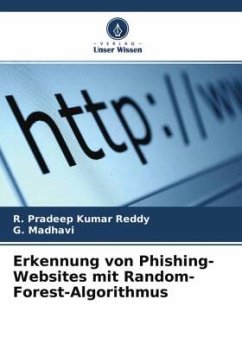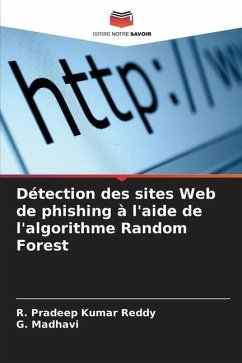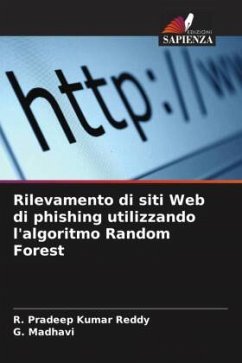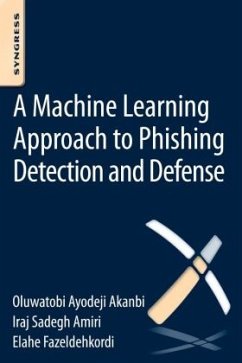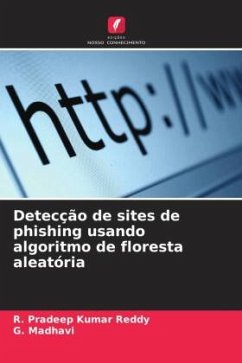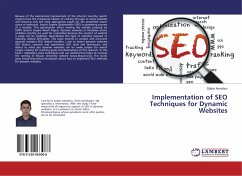
Detection of Phishing Websites using Random Forest Algorithm
Versandkostenfrei!
Versandfertig in 6-10 Tagen
29,99 €
inkl. MwSt.

PAYBACK Punkte
15 °P sammeln!
The web has turned into a fundamental part of our ordinary social and monetary exercises. Web Site phishing can be depicted as imitating a confided-in site to get delicate data from online clients, for example, usernames and passwords. Phishing is a site fraud with an expectation to track and take the delicate data of online clients. The assailant tricks the client with social designing procedures like SMS, voice, email, site furthermore, malware. This thesis depicts different boundaries to identify sites as phishing or authentic. As component extraction is the principal part of this work, hav...
The web has turned into a fundamental part of our ordinary social and monetary exercises. Web Site phishing can be depicted as imitating a confided-in site to get delicate data from online clients, for example, usernames and passwords. Phishing is a site fraud with an expectation to track and take the delicate data of online clients. The assailant tricks the client with social designing procedures like SMS, voice, email, site furthermore, malware. This thesis depicts different boundaries to identify sites as phishing or authentic. As component extraction is the principal part of this work, have given different element boundaries from which one can pick the beneficial boundaries for the additional arrangement of input site as authentic or phishing. SVM classifier gets slower when information size becomes greater and exactness rate is low. Random Forest algorithm has been proposed to overcome this drawback. It can classify the websites as legitimate or non-legitimate and also improve the accuracy rate.



